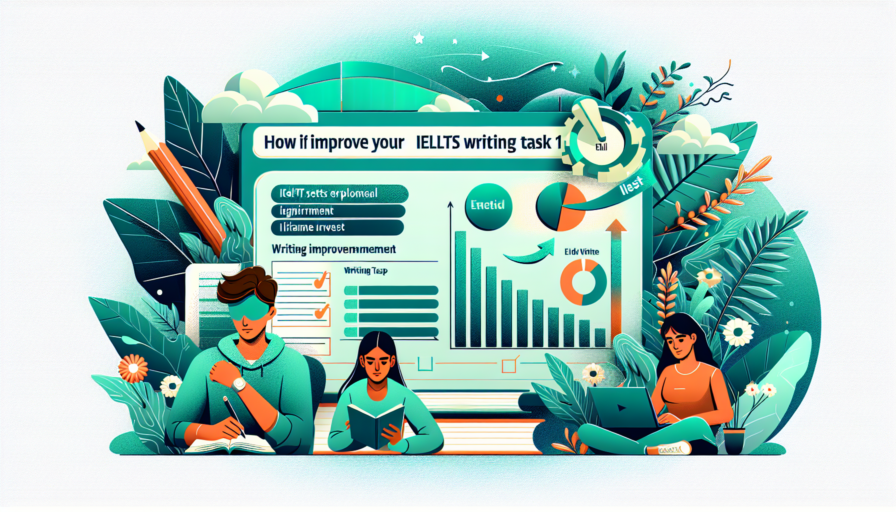
Contents
At Britannia School, we believe it’s crucial for IELTS candidates to understand the IELTS Writing Task 1 format thoroughly. This task requires us to describe, summarize, or explain visual information presented in formats like graphs, charts, tables, or diagrams. By familiarizing ourselves with this format, we can approach the task more confidently and effectively.
When we examine the IELTS Writing Task 1 format, we notice several key components that we need to address in our responses:
Additionally, understanding the assessment criteria can enhance our performance. The IELTS Writing Task 1 format is evaluated based on tasks like coherence, cohesion, lexical resource, and grammatical range and accuracy. By focusing on these aspects, we can ensure that our responses are well-structured and clear, leading to a higher score in this task.
When preparing for the IELTS exam, it is crucial that we master the skill of analyzing IELTS Task 1 questions. Understanding what the question requires is the first step toward a high score. Below are some essential tips to ensure we tackle this task effectively:
By implementing these strategies, we can improve our ability to analyze IELTS Task 1 questions effectively. Each practice session should focus on honing these skills to build our confidence and ensure we are well-prepared on exam day.
At Britannia School, we understand that clear communication is essential for effective learning. When we focus on structuring our response properly, we enhance the overall understanding of our audience, whether in written assignments or verbal discussions. To achieve maximum clarity, we can follow these key strategies:
Furthermore, by consciously practicing these techniques, we improve not only our own understanding but also that of our peers. As we work together at Britannia School, let’s prioritize structuring our response for maximum clarity to create a supportive and effective learning environment.
In order to achieve a high score in IELTS writing, we must be cognizant of the common mistakes that frequently occur in Task 1. One prevalent error is failing to accurately describe visual data. Whether we are interpreting a graph, chart, or table, it is crucial to provide a clear and precise overview. Ignoring key features or trends can lead to losing valuable points.
Another mistake to watch out for is the incorrect use of vocabulary and grammar. It’s important for us to employ a varied range of language and complex sentence structures. If we rely too heavily on simple vocabulary, we risk sounding repetitive and less academic. Additionally, grammatical errors can detract from the clarity of our writing and adversely affect our overall score.
Lastly, we must be careful not to use excessive information that overwhelms the reader. Instead, we should focus on presenting clear and concise descriptions while highlighting the most significant points. By effectively avoiding these common mistakes, we can enhance our IELTS writing and achieve a better score.
At Britannia School, we understand the importance of constantly refining our craft, which is why we’ve compiled an array of practice resources to boost your writing skills. Whether we’re aspiring authors, seasoned writers, or simply individuals looking to enhance our communication abilities, these tools can be invaluable in our journey towards becoming effective storytellers and communicators.
One of the first steps we can take is to utilize online writing platforms. These platforms often include a variety of exercises and prompts specifically designed to challenge and improve our writing abilities. Some popular resources include:
Additionally, we should not overlook the significance of reading widely. Engaging with a diverse range of texts allows us to observe different writing styles and techniques, which can significantly inform our own practice. We recommend building a reading list that includes:
By actively utilizing these practice resources to boost our writing skills, we can foster greater confidence and proficiency in our writing endeavors. We believe that consistent practice is key to growth, and with the right tools at our disposal, we can elevate our writing to new heights.